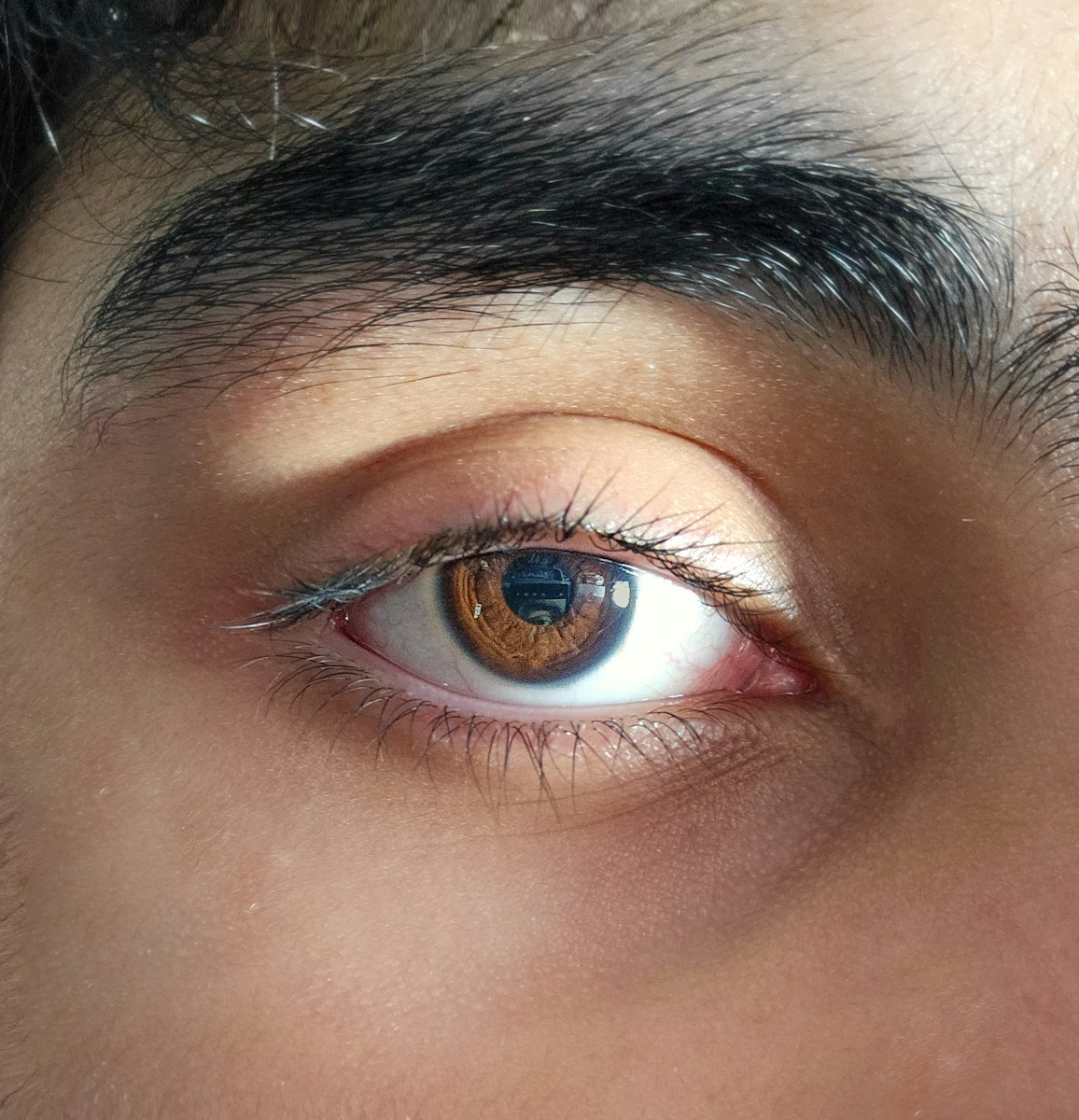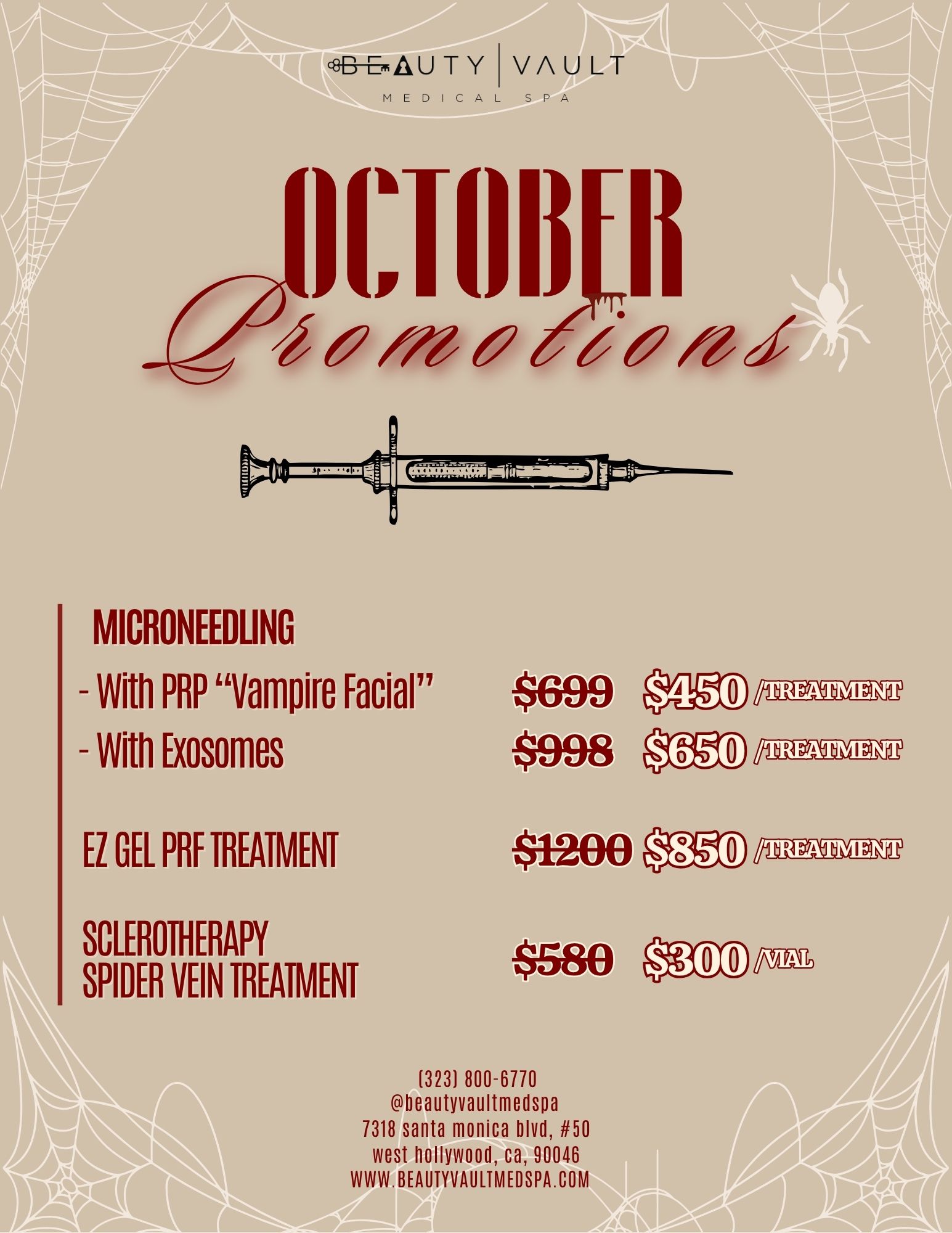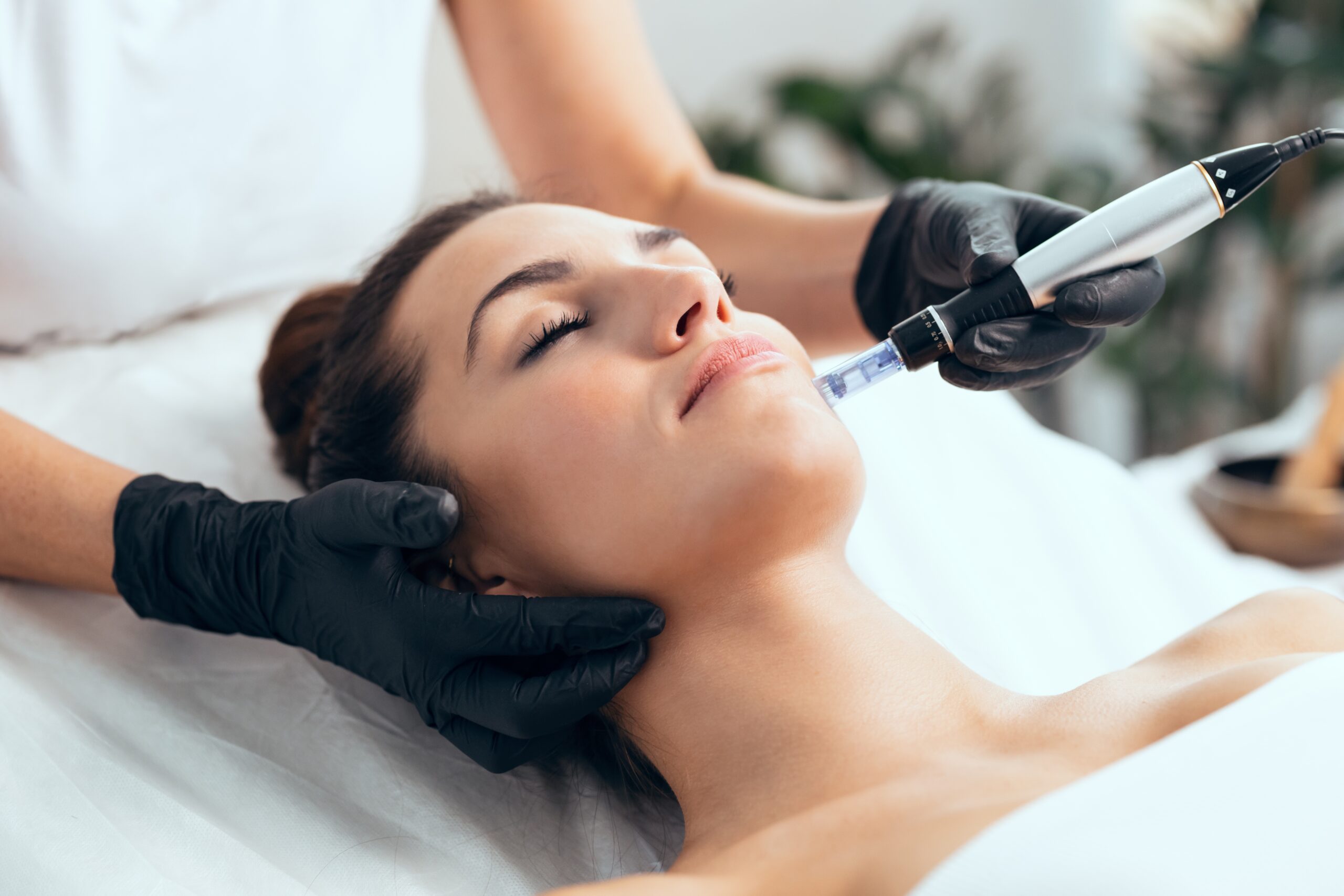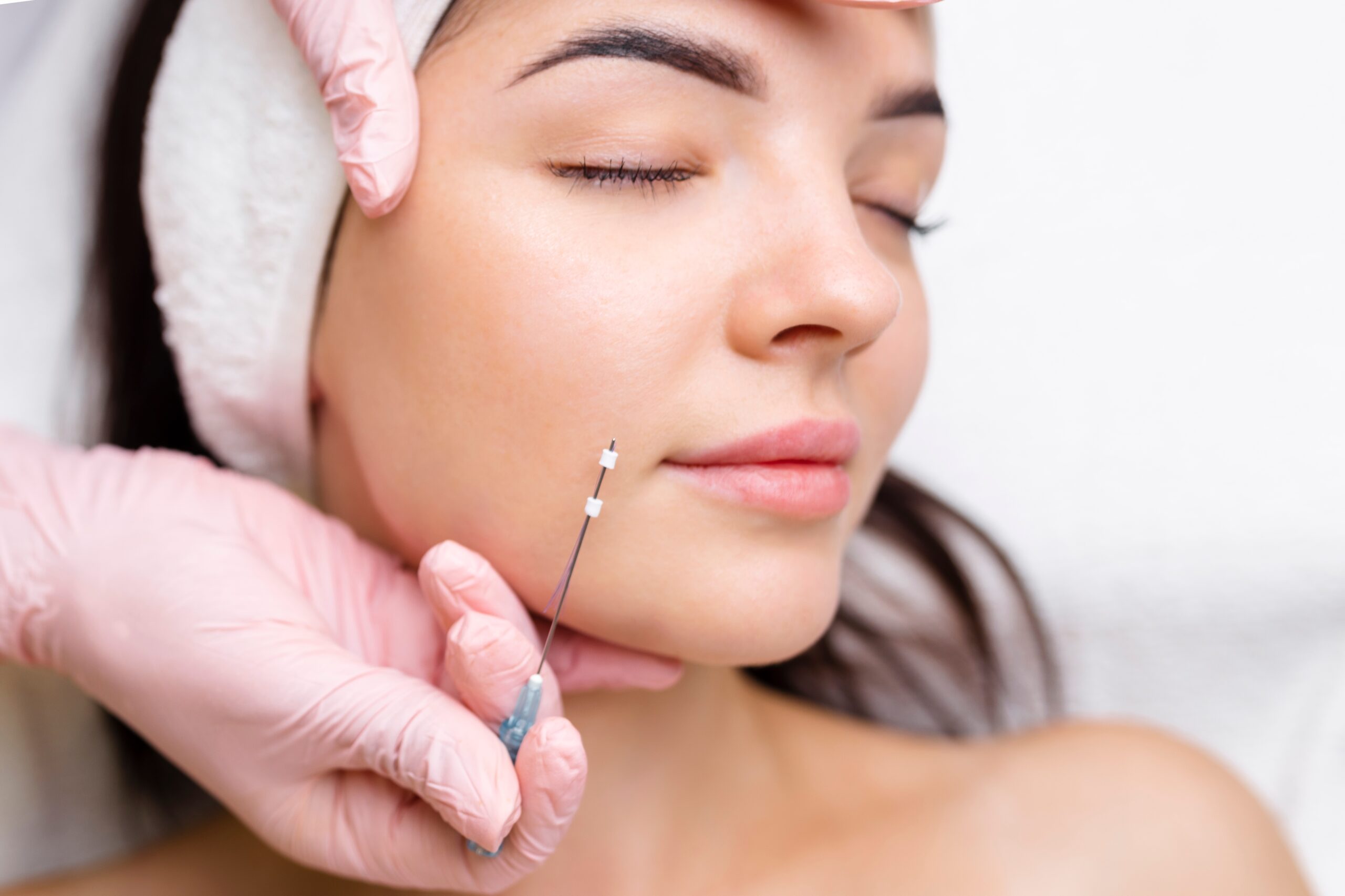Under-eye bag treatments have become incredibly popular. People want younger-looking eyes without going through surgery. Luckily, puffy and tired-looking eyes can be improved through several non-surgical approaches that rejuvenate your appearance. This piece explains how different med spa options can address your concerns and which treatment might work best for your specific situation.
What Causes Under-Eye Bags and Tired Eyes
Several factors work together to develop under-eye bags. You need to understand what causes them before trying any treatments so that you can pick the right solution for yourself.
Loss of Collagen and Skin Elasticity
The skin under your eyes is naturally thinner than the rest of your face. This makes it show signs of aging more easily.
Your body’s collagen and elastin production starts to slow down around age 25. These proteins create the framework that keeps your skin firm and bouncy. Less collagen means the skin under your eyes loses its support and stretch, so it doesn’t bounce back as well after you smile or squint. The reduced firmness also lets the tissues underneath show through more clearly, which creates shadows that make you look tired.
The skin on your eyes also has fewer oil glands than other parts of your face, making it dry out more easily. Thin skin, poor elasticity, and less moisture create the perfect environment for fine lines and texture changes that make under-eye bags look worse.
Fat Displacement and Volume Loss
Under-eye bags aren’t just about skin; they also happen because of changes deep beneath the surface. Your facial bones change shape as you age, and the bone density around your eye socket decreases. This creates larger eye sockets that don’t support the surrounding tissues well.
The fat pads that give your face its youthful fullness also change. These fat deposits can:
- Move around because their support gets weaker.
- Show through more as the surrounding tissues thin out.
- Spread unevenly, which creates puffy areas next to hollow ones.
The tear trough (that natural dip from your eye’s inner corner along the bone) often gets deeper. This highlights shadows that make bags or puffiness look worse, especially when you lose volume in your upper cheek area.
Genetics and Lifestyle Factors
Your genes play a big role in whether you’ll get under-eye bags. These bags run in families, so you’re more likely to get them if your parents or siblings have them. Your genes control many things, including your skin type, how much collagen you make, and even the structure around your eyes.
Several lifestyle choices can exacerbate under-eye bags as well:
- Sleep quality: Bad sleep throws off your hormones and might increase estrogen, which can reduce collagen over time.
- Diet choices: Too much salt makes your body hold onto water, which shows up first around your eyes.
- Hydration levels: Not drinking enough water makes the skin under your eyes look dull.
- Stress levels: Long-term stress affects blood flow and can worsen puffiness.
Drinking too much caffeine or alcohol can make blood vessels larger and dark circles more visible. Even health issues like a poor thyroid or sinus troubles might cause eye puffiness that won’t go away.
Dermal Fillers for Under-Eye Bags
Dermal fillers stand out as one of the most effective non-surgical treatments for under-eye bags in med spas today. These injectables restore volume, smooth out contours, and reduce hollow areas that make you look tired.
Hyaluronic Acid Fillers: Restylane, Juvederm
Hyaluronic acid (HA) fillers are gel-like substances that work just like your body’s natural compounds that keep skin hydrated and plump. Restylane and Juvederm are the top brands with special formulations for the tear trough region.
Restylane gives you a subtle, natural look without puffiness, which makes it a top choice for under-eye treatments. The product works great in the tear trough area because doctors can mold it precisely.
Both fillers need just minutes to inject, and you’ll see results right away. Restylane might need a bit more time to show its full effects, though you’ll notice improvements almost immediately.
Poly-L-lactic Acid (Sculptra) for Collagen Stimulation
Sculptra works differently from regular fillers. Instead of adding instant volume, it gets your body to produce more collagen naturally. This injectable uses poly-L-lactic acid (PLLA), a safe, biodegradable material that doctors have used for decades.
Sculptra’s PLLA particles trigger your body to build collagen over four to six weeks after injection. This creates better skin structure and support, which helps fix the collagen loss that leads to under-eye bags.
Calcium Hydroxylapatite (Radiesse) Pros and Cons
Radiesse contains calcium hydroxylapatite (CaHA) microspheres in a gel carrier. This filler adds volume instantly and encourages your body to make more collagen. Results last a year or longer for most patients.
Fat Transfer for Deep Tear Troughs
Fat transfer offers a natural, longer-lasting option if you have enough fat deposits elsewhere. This procedure uses fat from your abdomen or thighs, which is purified before being injected under your lower eyelids.
The process starts with liposuction to remove fat cells. Doctors then process these cells and carefully inject them into the tear trough using a grid pattern. Your body accepts its own tissue easily, though you need enough fat deposits to qualify.
Fat transfer results can last several years, making it a more permanent fix than temporary fillers. The transferred fat also contains stem cells that could improve your skin’s quality and texture as time passes.
Procedure Steps and Recovery Time
The filler process follows basic steps. Your Beauty Vault provider cleans the area and might use a topical numbing cream. They’ll mark specific injection points and use either a fine needle or blunt-tipped cannula to inject the filler.
Injections take 10 to 30 minutes. You can resume normal activities right afterward, though you might see some swelling, bruising, or redness where the needles went in. Doctors suggest using cold compresses, avoiding heavy exercise for 24 to 48 hours, and keeping hands off the treated area for a day to reduce these effects.
How Long Do Fillers for Under-Eye Bags Last?
Under-eye filler longevity depends on the product and personal factors like metabolism and lifestyle. HA fillers typically last 9-12 months. Restylane might last 12-16 months, while Juvederm usually works for 9-12 months.
Fat transfers could give you the longest-lasting results. Some patients see benefits for years or permanently, though your body might reabsorb some fat over time.
Many doctors suggest touch-up treatments before the effects completely fade. This helps maintain steady improvements rather than letting the area return to its original state.
Microneedling for Under-Eye Bags and Wrinkles
Microneedling has proven to be a powerful non-surgical treatment for under-eye bags, alongside dermal fillers. This gentle procedure works differently from injectables by targeting the mechanisms that cause tired-looking eyes.
How Microneedling Stimulates Collagen
A microneedling device uses fine, sterile needles to create tiny punctures in the skin under your eyes. Your body responds to these micro-injuries by healing naturally and producing new collagen and elastin. This process strengthens the delicate under-eye area where collagen breaks down with age.
The healing happens in three phases: inflammation, proliferation, and remodeling. Blood flow increases as your immune system cleans the tiny wounds. New skin cells then develop with an extracellular matrix. Your skin creates fresh dermal tissues and blood vessels to replace these micro-wounds, which leads to firmer, thicker skin.
Combining Microneedling with PRP for Better Results
Results can improve when your Beauty Vault practitioner combines microneedling with platelet-rich plasma (PRP) therapy. This method uses your blood’s concentrated platelets that contain growth factors. The PRP solution penetrates deeper through the treatment’s microchannels and helps speed up tissue repair.
This combination offers several benefits for the under-eye area:
- Better blood flow reduces dark circles.
- Less inflammation means reduced puffiness.
- Growth factors absorb deeper to improve skin texture.
- More collagen production creates lasting results.
Expected Results After Three to Six Sessions
Patients often see the first signs of improvement within a week. The best results need three to six treatments, usually two to four weeks apart. Most experts suggest maintenance treatments every three to six months after that.
Side Effects and Downtime
Microneedling remains gentle with minimal recovery time. Patients might notice some redness, swelling, and light bruising that goes away in 1-2 days. The skin might feel dry or flaky during healing.
Doctors recommend staying out of direct sunlight, using sunscreen, and applying gentle moisturizers while healing. Most patients return to their regular routine right after treatment, though they should wait 24 hours before applying makeup.
The Beauty Vault in Los Angeles Can Revitalize Your Look
No matter how much you’ve got on your plate, you can maintain the alert and invigorated appearance that inspires confidence in those around you. In fact, simply looking more energized could boost your mood and provide you with a true sense of renewed empowerment. Whether dermal fillers or microneedling makes more sense for you, get started today by contacting the Beauty Vault in West Hollywood at (323) 800-6770 or filling out a contact form.
FAQs
Q1. How effective are dermal fillers for treating under-eye bags?
Dermal fillers can be highly effective for treating under-eye bags. They restore volume, smooth contours, and reduce the appearance of hollows. Hyaluronic acid fillers like Restylane and Juvederm are popular choices, with results typically lasting 9 to 12 months.
Q2. What is microneedling, and how does it help with under-eye concerns?
Microneedling is a minimally invasive procedure that creates tiny punctures in the skin to stimulate collagen production. It can improve skin texture, reduce fine lines, and strengthen the delicate under-eye area. Multiple sessions are usually required for optimal results.
Q3. Are there non-invasive energy-based treatments for tired-looking eyes?
Yes, there are non-invasive energy-based treatments for tired-looking eyes. These include Ultherapy and ThermiTight, which use ultrasound and radiofrequency energy respectively to boost collagen production. Laser resurfacing treatments can also help tighten skin and improve texture around the eye area.








